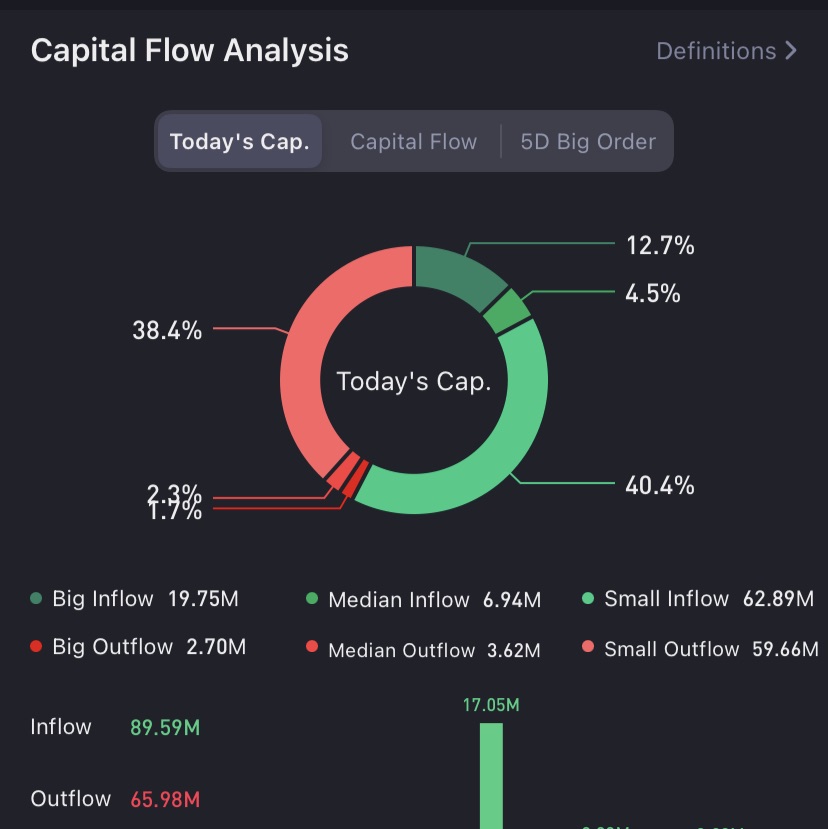
Nebhol
No personal profile
615Follow
96Followers
0Topic
0Badge
This is just wrong
Form 4 | Palantir's Director acquired 1040557 Shares.
Ggxx
C3.ai Outlook: Where Will AI Stock Be in 5 Years?
Ok
Better Buy: Target vs. Costco
Ok
Powell Sees Higher Peak for Interest Rates, Says Fed Prepared to Speed Up If Needed
Ok then
What’s Next for Stocks After Fed’s Powell Triggers Market-Rattling Rate Jolt
$Berkshire Hathaway(BRK.B)$ Ok can buy more
$Inuvo(INUV)$ Ggxxx sell now?
Ok
Sorry, the original content has been removed
$Inuvo(INUV)$ Ggxx. Good game.
Ok
Tesla: Automaker Or Tech Company? My Take And My Investing Choice
$Palantir Technologies Inc.(PLTR)$ At last?
$UiPath(PATH)$ sell??
$Nike(NKE)$ Ggxx liao
No
Unity Software: The Bottom Could Be In
$Alphabet(GOOGL)$ Finally
Go to Tiger App to see more news